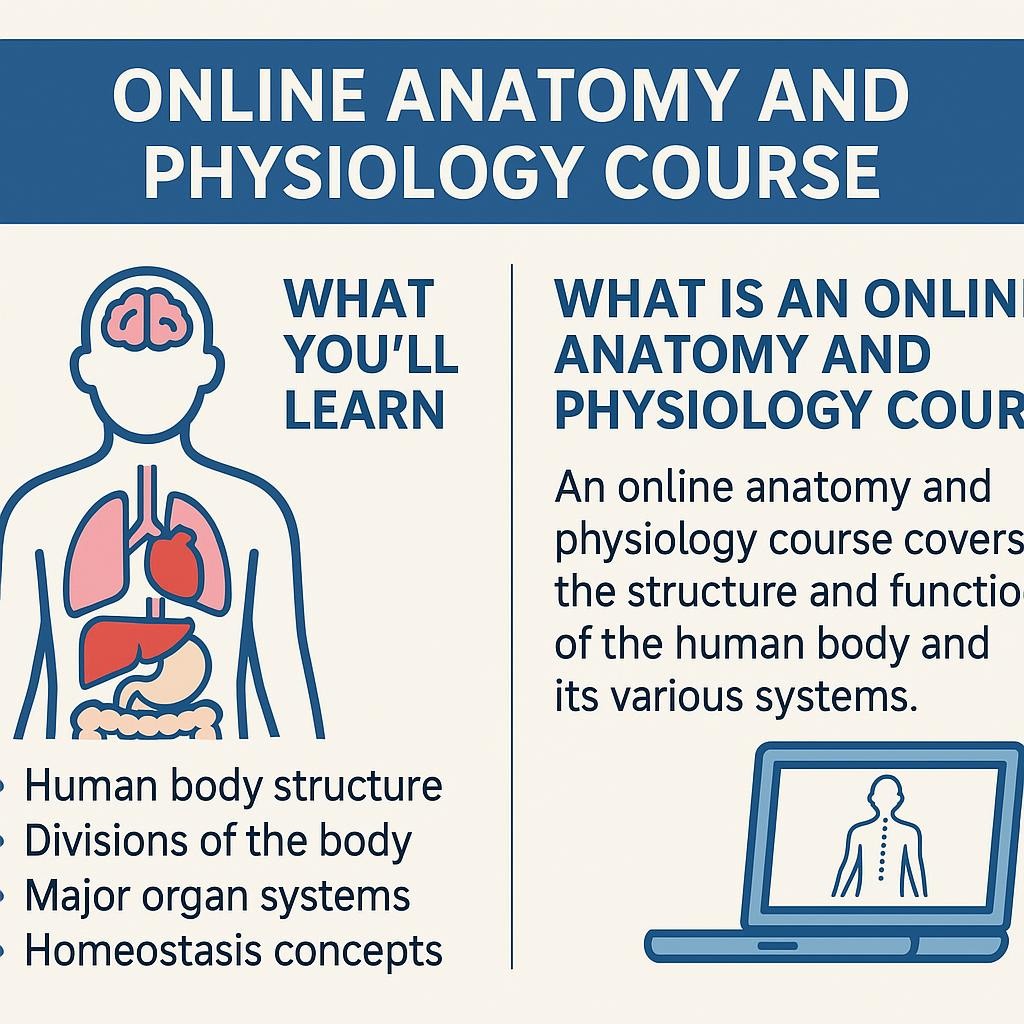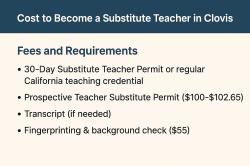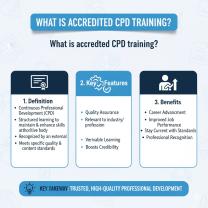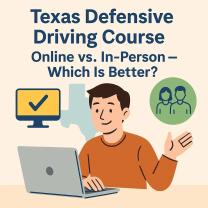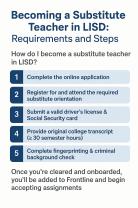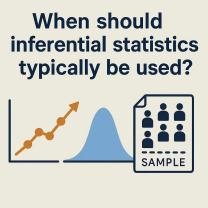What is an online anatomy and Physiology Course?
Online Anatomy and Physiology Course: What You’ll Learn
If you’re interested in understanding how the human body works, an online Anatomy and Physiology course is a perfect starting point. This type of course provides a comprehensive overview of the structure and function of the body, delivered entirely online for flexibility and convenience.
What is an Online Anatomy and Physiology Course?
An online Anatomy and Physiology course is a digital learning program that explores how organs, tissues, and systems interact to maintain health. Unlike traditional classroom settings, online courses often include video lectures, interactive simulations, quizzes, and assignments that allow students to learn at their own pace.
What You Will Learn
Enrolling in an online Anatomy and Physiology course typically covers the following topics:
Basic Terminology – Learn medical and anatomical terms to accurately describe body parts and their locations.
Cell Structure and Function – Understand how cells function as the building blocks of the human body.
Tissues and Organs – Explore different tissue types and the organs they form.
Body Systems – Gain in-depth knowledge of major systems, including skeletal, muscular, nervous, cardiovascular, respiratory, digestive, endocrine, urinary, and reproductive.
Homeostasis – Learn how the body maintains balance and responds to changes in its environment.
Practical Applications – Apply your knowledge to healthcare, fitness, or scientific research.
Interactive Learning – Benefit from 3D models, virtual labs, and assessments designed to reinforce understanding.
Why Take It Online?
Online courses offer unmatched flexibility. You can study at your own pace, revisit lessons whenever needed, and often access a wealth of multimedia resources that make learning more engaging. Whether you’re pursuing a career in health, medicine, or biology, or simply want to deepen your understanding of the human body, an online Anatomy and Physiology course provides a solid foundation.
Overview of Online Anatomy and Physiology Courses
Online anatomy and physiology (A&P) courses provide a flexible and comprehensive way to delve into the intricate structures (anatomy) and functions (physiology) of the human body. These courses are typically offered in a self-paced, asynchronous format, allowing students to learn on their own schedules, which is ideal for those balancing other commitments. Most online A&P programs are structured as a two-part series, covering a wide range of topics from microscopic cellular processes to the macroscopic organ systems. They often integrate both theoretical lectures and practical laboratory components, sometimes through virtual simulations or at-home kits, to ensure a well-rounded educational experience.
Core Topics Covered in the Curriculum
The curriculum for online Anatomy and Physiology courses is designed to provide a thorough understanding of the human body. Core topics typically include:
Introduction to Anatomy and Physiology: Basic anatomical terminology, levels of organization (chemical, cellular, tissue, organ, organ system, organismal), and the concept of homeostasis.
Cellular and Tissue Biology: In-depth study of cell structure, function, division, and the four primary tissue types (epithelial, connective, muscle, and nervous tissue).
Body Systems: A comprehensive exploration of each major organ system, including:
Integumentary System: Skin, hair, and nails.
Skeletal System: Bones, joints, and cartilage.
Muscular System: Muscle types, contraction, and gross anatomy.
Nervous System: Central and peripheral nervous systems, special senses.
Endocrine System: Glands, hormones, and their regulation.
Cardiovascular System: Heart, blood vessels, and blood.
Lymphatic and Immune Systems: Lymphatic organs and immune responses.
Respiratory System: Lungs and gas exchange.
Digestive System: Organs of digestion and nutrient absorption.
Urinary System: Kidneys, bladder, and waste elimination.
Reproductive System: Male and female reproductive organs and processes.
Interrelationships and Clinical Applications: How different systems interact to maintain health, and discussions of common diseases and disorders.
Benefits of Studying Anatomy and Physiology Online
Studying Anatomy and Physiology online offers distinct advantages that cater to diverse learners:
Flexibility and Self-Paced Learning: Students can access course materials and complete assignments at their convenience, fitting studies around work, family, or other obligations. This allows for repeated review of complex topics, like the Krebs cycle or nervous system intricacies, as needed.
Accessibility: Online courses remove geographical barriers, providing access to high-quality education regardless of location.
Interactive and Engaging Content: Many online platforms use rich multimedia, including 3D models, virtual dissections, animations, and interactive quizzes, to enhance understanding and make learning more dynamic than traditional methods.
Cost-Effectiveness: Online programs can often reduce overall expenses by eliminating commuting costs, accommodation fees, and sometimes offering more affordable tuition rates compared to on-campus alternatives.
Personalized Learning: The self-paced nature and varied multimedia resources cater to different learning styles (visual, auditory, kinesthetic), allowing students to tailor their learning experience.
Continuous Learning and Professional Development: Online courses are frequently updated to reflect the latest advancements in the field, making them ideal for lifelong learning and professional skill enhancement.
Accreditation and Certification Options
For online Anatomy and Physiology courses, the primary "certification" you receive is typically a certificate of completion or, more importantly, academic credit that is reflected on an official transcript from the institution. To ensure that these credits are widely recognized and transferable to other educational programs or accepted for professional licensure requirements, it is crucial to enroll in courses offered by regionally accredited universities or colleges. Regional accreditation is the highest standard of accreditation for higher education institutions and signifies that the program meets rigorous academic quality benchmarks. Some courses may also offer Continuing Education Units (CEUs), which are valuable for maintaining professional licenses or certifications in healthcare fields.
Tools and Resources for Online Learning
Online Anatomy and Physiology courses leverage a variety of digital tools and resources to provide an immersive learning experience:
Interactive 3D Anatomy Platforms: Tools like Visible Body, BioDigital Human, and Complete Anatomy provide detailed 3D models of the human body that can be rotated, layered, and dissected virtually. These are invaluable for understanding spatial relationships and anatomical structures.
Virtual Laboratories: Many courses incorporate online lab simulations where students can perform virtual experiments, conduct dissections, and analyze physiological processes in a safe, interactive environment.
Digital Atlases and Flashcards: Resources such as Netter's Atlas of Human Anatomy (in digital format) and flashcard apps like Anki or Quizlet aid in memorization of terms and structures through active recall and spaced repetition.
Video Lectures and Tutorials: Platforms often include comprehensive video lectures, sometimes from renowned educators (e.g., Khan Academy), offering detailed explanations and visual demonstrations of complex physiological processes.
Interactive Quizzes and Self-Assessments: Embedded quizzes and practice exams help students test their understanding as they progress, providing immediate feedback and highlighting areas needing further review.
Online Discussion Forums: Many courses utilize discussion boards where students can interact with instructors and peers, ask questions, clarify concepts, and engage in collaborative learning.
Open Educational Resources (OER): Free online textbooks (like OpenStax Anatomy and Physiology) and supplementary materials provide additional learning content.
